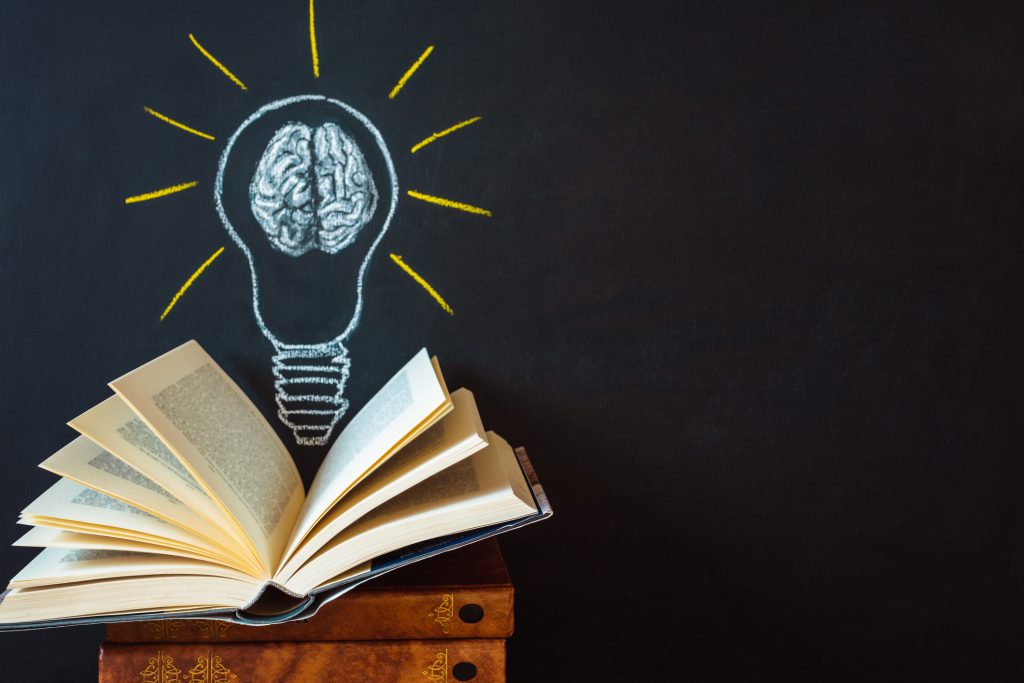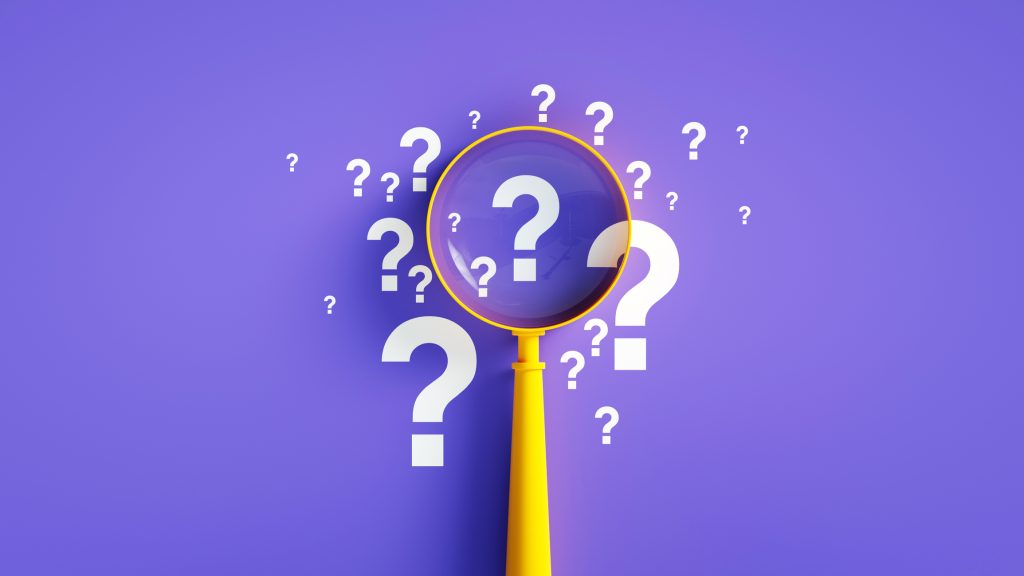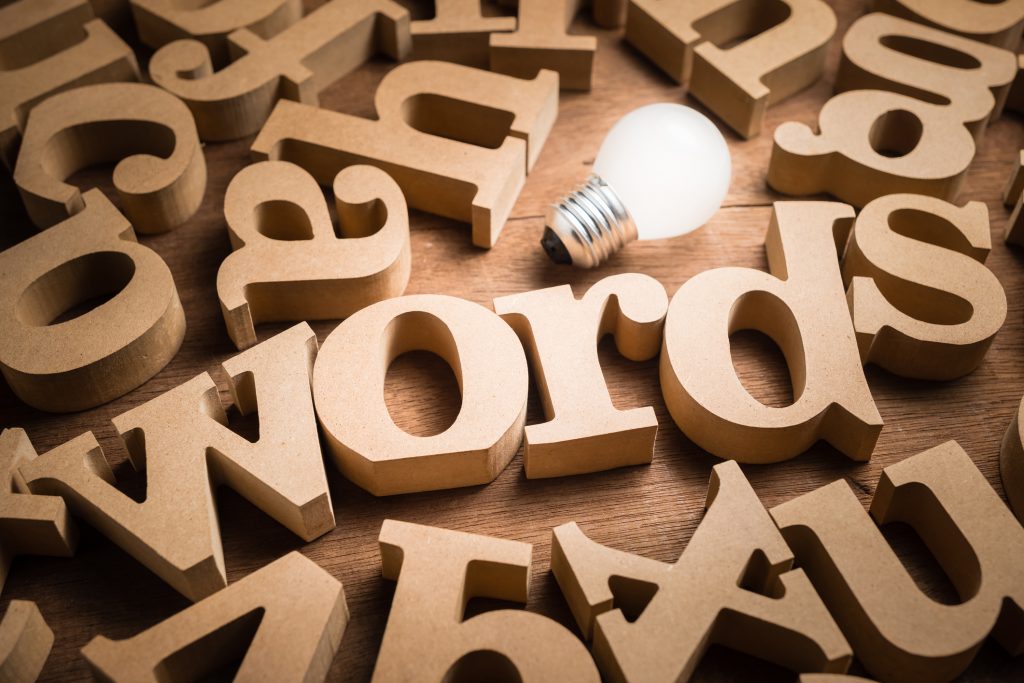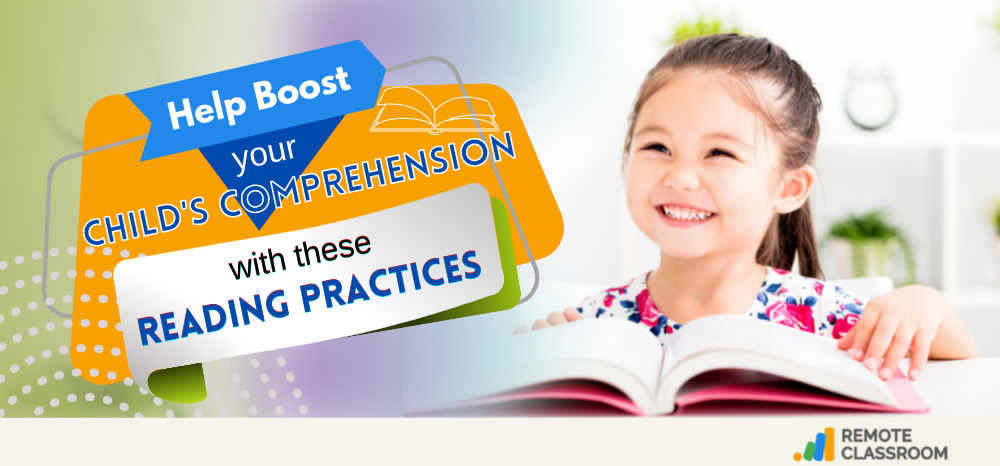What aids children in reading comprehension? It’s crucial to read actively. This entails concentrating on the text, interrogating it, and making mental notes. These are abilities that you can practice with your child at home. Use these seven suggestions to assist your youngster to enhance his or her reading comprehension.
Students can learn the topic and focus on the specifics by employing this strategy. As a result, it improves students’ learning and assists them in preparing for an essay, report, or even an exam.
Activating
To extract and construct meaning from text, “priming the cognitive pump.” It involves recalling relevant prior knowledge and experiences from long-term memory.

Wood block stacking. Credit: oatawa on iStock.
This will let them connect to what they’re reading now to what they already know, making the new material more intriguing and engaging. Instead of starting from scratch, students can use this method to build on an existing schema.
Students are continually able to apply earlier learning into new information since background knowledge is made up of a person’s experiences with the world, as well as his or her conceptions about how the written text works, word identification, print concepts, word meaning, and how text is ordered.
Inferring
Inferring entails not just reading facial expressions, tones, and body language, but also “reading” text, which is sometimes referred to as “reading between the lines” when the answers are not directly stated.

A book and a light bulb drawing on the blackboard. Credit: Alexander Vorotyntsev on iStock.
Inferences are more open-ended and frequently uncheckable, which means the reader has no way of knowing whether or not an inference is valid. Students must apply their schema and past knowledge, as well as hints and evidence from the text, when reading, thinking, and inferring about the content they have just read.
Monitoring-Clarifying
Students can better comprehend information by understanding the pattern in which it is given. Each structure is unique and requires time to understand. Thus, it’s critical to teach all of the patterns of a text structure to students. They should also be taught how to use subheadings, labels, captions, tables, graphs, and other visual aids to help pupils comprehend the content.

Jigsaw puzzle. Credit: scyther5 on iStock.
Monitoring and clarifying help readers understand since they can only trace their steps and clear up ambiguities by using other comprehension methods to problem solve the overall message if they are actively checking their comprehension.
Because comprehension is a process that occurs before, during, and after reading, readers should be monitoring and clarifying their understanding at all times.
Questioning
To improve reading comprehension, encourage students to frame questions before and after reading. A right now inquiry, an analytical question, and a research question should all be able to be reflected on by each learner.
The material supplied is the focus of a “right now question.” What is the main point of the reading material? What are the facts that have been brought up?

A magnifier and question marks on a purple background. Credit: GOCMEN on iStock.
Students must consider what they have learned to answer an “analytical question.” What do you think the author wants me to take away from this?
Students are prompted to hunt for material outside of the text through a “research question.” This makes it possible to engage in more in-depth active learning.
Before, during, and after reading, effective questioning should be practiced. Readers activate prior information and make predictions when they ask questions before reading a material.
Searching-Selecting
Answering queries, defining terminology and terminology, clarifying misconceptions, solving difficulties, or gathering knowledge through searching a range of sources.

Words alphabets. Credit: patpitchaya on iStock.
This step complements the questioning process by locating knowledge that supports and confirms what you’ve learned. It allows pupils to define any concepts they don’t understand. It also allows them to work through any issues they may have with the text.
Finally, this step provides students with the resources they need to obtain information to fully comprehend the issue.
Summarizing
Restating the book’s meaning in one’s own words, using words other than those used in the original text. Your students should have a firm grip on the information they’ve read and processed by now. So it’s up to them to figure out how to summarize everything succinctly and accurately.

RECAP on cubes. Credit: patpitchaya on iStock.
For younger children, who find it much easier to just repeat what they have learned, this will be tough. In younger schooling, learning how to articulate what you’ve learned in your own words is a big step. However, after pupils have studied and mastered this skill, they will have a lifelong skill that they will use frequently and be proud of.
If you have an assistant or parent who can support you, practice learning this step in workshops or one-on-ones. Personal comments will assist them in grasping this notion much more quickly. This is especially true if you can provide them hands-on experience with something they’re working on right now.
Visualizing-Organizing
This strategy stresses the importance of visualizing the material. Students should be encouraged to form visual images in their heads as they read the text, which will help in better comprehension. Research suggests that students should visualize them as structural images or diagrams instead of mere pictures, as pictures tend to fade.

A boy thinking and visualizing. Credit: Khosrork on iStock.
This could be a time for creating, drawing, or any other form of creative expression. You can also let the kids choose from a list of stuff you’ve come up with, or you can allow them to come up with their concept that you can sign off on.
Takeaway
You can begin referring to the strategies during a read-aloud, modeling one or more techniques in a single sitting, after students are familiar with the terminology and have a basic knowledge of what each technique entails. Picture books are ideal for modeling since they may cover a whole table in a short amount of time while demonstrating a variety of strategies.
Furthermore, competent readers employ a variety of techniques when reading: they transition from one to the next as they read, and they utilize different techniques for different types of texts.
Reading Comprehension Tips & Techniques. Video from Youtube.
#remoteclassroom
#remotelearning
#remoteeducation
#remoteschools
#onlineteachers
#onlinetutoring
#virtualteaching
#lifeschooling
#intentionalschooling
#virtualclass
#onlinelearning
#homeschooling
#virtuallearning
#onlineschools

